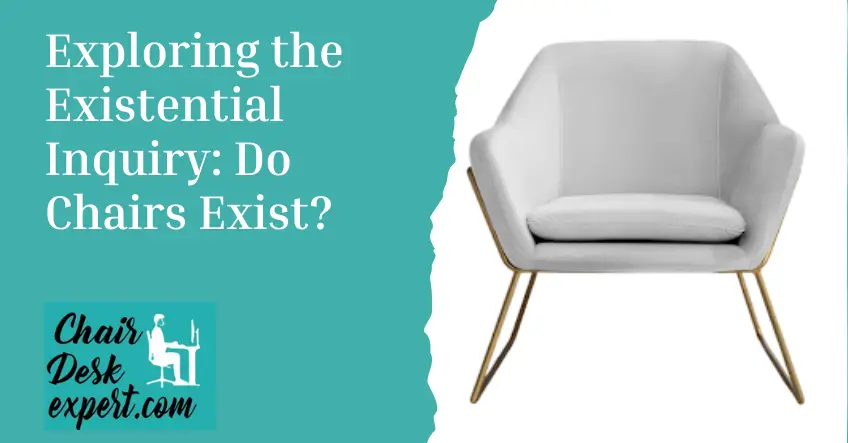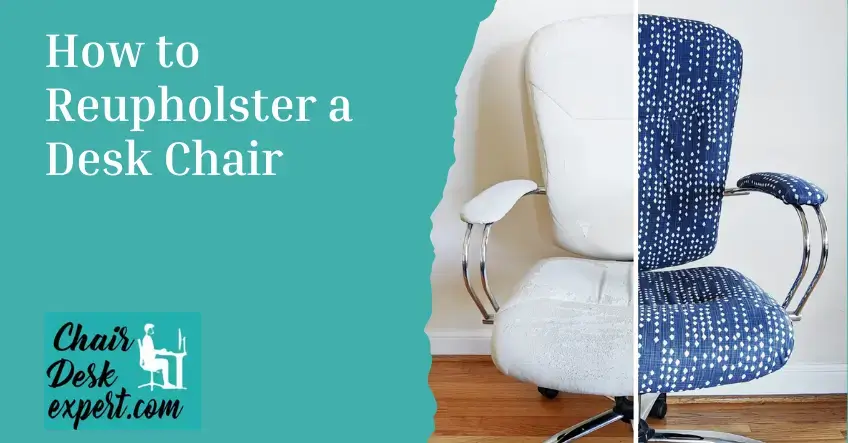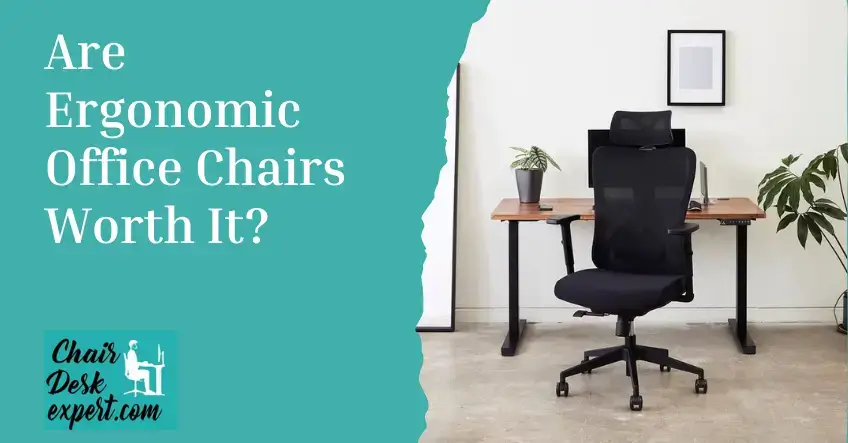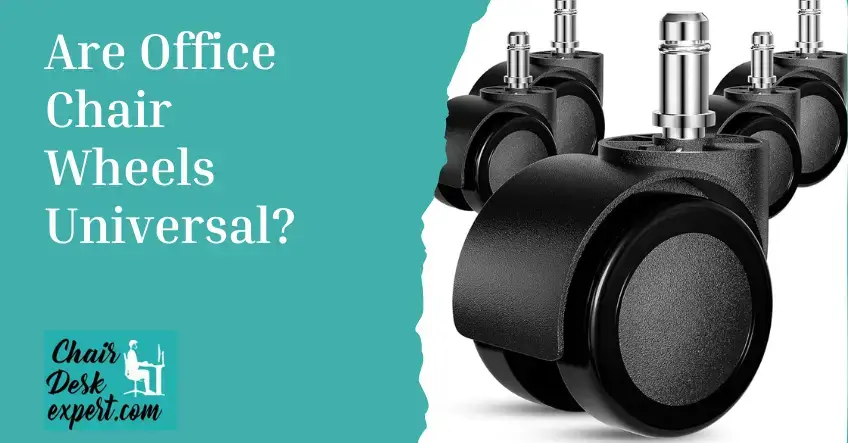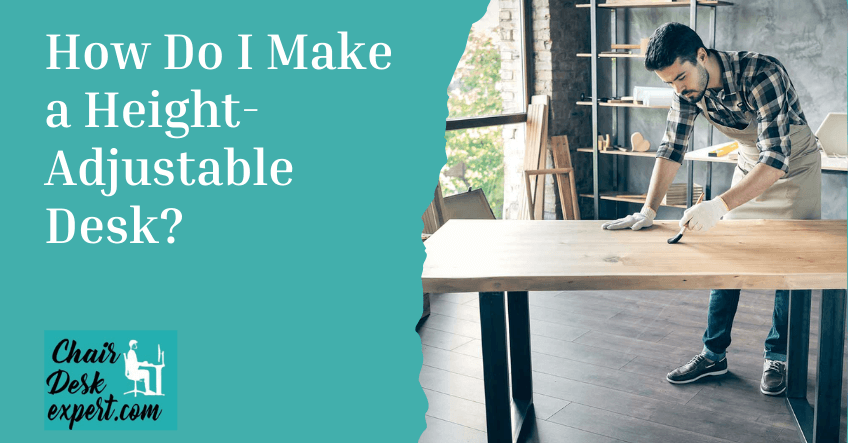These days, multiple varieties of office chairs are available in the market that claim to provide ergonomic designs and support systems.
These chairs’ essential attributes include the tilt tension mechanism, which has massive ergonomic implications.
This lack arises from ignorance about how such mechanisms work or where adjustments could be made.
In purchasing an office chair, one must remember the various factors that go into constructing a chair that performs and feels comfortable. Tilt tension is one such feature that, with a proper understanding, makes a lot of sense. But what is tilt tension on a chair?
The tilt tension is defined as a feature present in some chairs which determines how much pressure while reclining or rocking the user should use in the action. An adjustable dial allows the user to set how much pressure must be applied to tilt the chair.
This means tilting the user’s body to the back should also not be an issue, as there is no locking when sitting on the chair. Grab the attention considering this feature, learn it and change for the best all active working days. The riding of the object should be improved and the person’s satisfaction gained because of that.
Learn What Is Tilt Tension On An Office Chair and why is it important?
Utilising the tilt tension chair feature is essential as it is coordinated with the person’s weight for additional comfort and control. In bulkier users, the tension has to be set tighter to avoid the danger of relaxation, which is sometimes relatively quick; lighter users require less tension for such activities as reclining.
If the tension is too tight or slack, you can become frustrated when using the bonds since bad feelings are usually experienced, such as feeling thrown backwards or not finding it easy to lean back in a chair.
Well-distributed tilt tension allows you to easily lean backwards and assume different angles during the day, boosting comfort and support. This helps to minimize work-related fatigue and to maximise productivity, making it an important attribute to consider in any working environment. This explains the usefulness of this ergonomic feature.
Read More What is an ergonomic chair?
Why Is Tilt Tension Necessary?
Tilt tension refers to the ability of users to adjust how much resistance they want for their seats’ backward or forward inclination whenever using them in offices. This aims to increase relaxation and minimize backache resulting from extended stays at job sites.
The possibility to lean back or forth in your armchair assists one in maintaining healthy postures while sitting, thus changing body positions during working hours.
Therefore, you can set your tilt tension so that you have a complicated or easy time leaning back depending on what you like and your body weight.
Adjusting the tilt tension can help find the correct amount of support versus freedom of movement. This is essential for office workers who spend long hours sitting at desks because it encourages active sitting and relieves pressure from the spine and lower back.
In summary, the office chair tension knob is an essential element of ergonomic office chairs that enhance comfort and overall well-being during extensive seating.
What is the knob under my office chair?
The knob under your office chair is the tension of the chair control knob. This one modifies the degree of resistance you feel while leaning backwards in the chair. Usually, Kiilowa is located underneath the chair seat; it is the one which can be moved to decrease or increase the resistance of the chair to your movements.
For example, turning the knob clockwise increases the tension in the chair, thus making it difficult for a person to lean backwards. In contrast, rotating the knob counterclockwise reduces the tension making it easy to lean on that same chair.
How to use
This feature can be adjusted by turning the knob that is at the bottom of the chair.
This knob is usually set around the front of the chair stem, making you place half your torso out of the chair to tuck your hand in.
In some high-back or executive-type chairs, the knob may be mounted at the side of it, which requires a sideways lean to reach.
To tighten, turn the knob to the right (clockwise).
To loosen the knob, turn it to the left (counter-clock or left-hand rotation).
What to Do If the Tension Control Knob Is Broken
When you turn the knob and do not feel any difference in tension, the chance is that the tension control knob is already broken. Below are the measures you can take.
Check for Replacement Parts:
More than often, a tension control knob can be unfastened from the rear underside of the seat. A tilt control another one can help you fix the problem by purchasing it and putting it on by yourself.
Seek Professional Help:
If you are unsure how to replace that part by yourself, it will be better to bring your chair to some craftsmen to do this. Although it may look easy, such repairs can often become complicated, rendering one unable to fix it.
Consider the Location of the Mechanism:
Other chairs might have their tension control mechanism embedded, making it hard to repair. In these situations, it may be cheaper to buy another chair instead.
Significance of the tilt Tension Knob
The tilt tension adjustment knob has its importance since it assists you in the angle of resistance necessary to push back or change the position of your chair. This feature optimally improves your physiological comfort by enabling you to set the angle of the chair tilt to a value that satisfies you. Proper understanding and application of the tension control knob will lead to better posture, less strain, and reduced risk of injury associated with excessive sitting.
Addressing the cause of the problem of the tension control knob is well worth doing to mitigate any negative impact on one’s health since it saves time and energy in the long run.
>> Read Also This: Why Do I Have Leg Pain From Sitting in My Office Chair?
Recommended Position:
Adjust the angle of the backrest so that one can effortlessly recline back and assume a resting position, making changing the body position a matter of mere grammatical tension.
>> Read Also This: Replacing a Gas Lift in An Office Chair
How Could Tilt Tension Relieve Lower Back Pain?
Sitting over long periods can cause the pelvis to tilt backwards, reducing the natural curve in the lower back (lumbar lordosis) and increasing muscle tension, placing stress on the spine and tailbone.
Dynamic movement while seated reduces back pain through tilt tension on a chair. It allows resisting force applied by one’s movements for improved blood circulation and even pressure distribution all day at work.
The centre of gravity becomes better balanced when you adjust your posture on your chair this way. This helps ensure that there is no strain placed upon the lumbar region; in fact, it also aids in providing more comfort when seated as it assures that body weight is distributed equally across seats.
This is crucial because prolonged periods of a sedentary lifestyle may result in posterior tilting of the pelvis, causing reduced curvature at the low-back part and increased muscular tone directed towards vertebral column pull-off zones such as coccyx or ilium points, hence causing lower back aches.
Thus, an adjustable tilt-tension chair would enable one to have healthier seat positions and maintain proper postures by eliminating the discomfort experienced from extended seating hours.
Being able to adjust yourself freely throughout the day prohibits or minimizes instances where spinal problems develop due to immovable positions adopted while working.
>> Read Also This: What is a lumbar support office chair?
Benefits
Several advantages are associated with using a trackable or movable chair in your workplace.
Enjoys Rocking Sensation:
Users of rocking chairs feel enjoyable. Such rocking movement, which is driven by gravity, can contribute to a feeling of relaxation and comfort while carrying out tasks.
Better Circulation and Redistribution of Pressure:
The vice versa or motion of the chair as a whole encourages more body movements during the day at work.
Such moves help to circulate blood well and redistribute pressure points, thus reducing stiffness and discomfort that sometimes accompanies long periods of sitting.
Read more: Affordable Seating Solutions for Limited Spaces
Conclusion on What Is Tilt Tension On An Office Chair?
For people who spend many hours working in an office environment, having an office chair with a tilt tension adjustment feature could be an effective solution for eliminating back strain on a long-term basis.
Setting up the tilt tension based on your weight and convenience level improves the comfort you derive from sitting, promoting better posture development, and minimizes chances for developing or worsening of spinal misalignment problems by being seated for more extended periods.
Choosing an ergonomic holder with tilt tension adjustment ability is a way to ensure that you are comfortable throughout your entire day at the desk, thereby providing overall well-being over time.
FAQs!
1-What should tilt Tension be?
By all means, one should tighten such tilting force enough so they may have room to recline by merely placing the toes backwards.
At the same time, one should get it right so that as soon as they fully relax their body on it without rising, one cannot move any inch backward.
This guarantees maximum support and comfort when allowing natural bending motions throughout any day.
2-What does the tilt mechanism do in a chair?
The tilt mechanism permits forward-backwards tilting action of the seat, keeping a constant angle between the seat and the backrest. In other words, when you lean backwards in this position, the whole chair (seat & backrest) will recline as a single unit.
The purpose behind designing tilt mechanisms is to enable ergonomic movement while sitting and provide different seating positions during long sittings for more relaxed muscles.
3-Should I lock the chair in tilt?
Most office chairs are equipped with tilt-locking devices that can be used to set the chair in any position. However, keeping your chair locked in a fixed posture for an extended period is not advisable.
Instead, you should adjust your chair’s tilt tension to such an extent that it allows you to lean back without feeling like you are being pushed or falling backwards. This will foster dynamic playing with gravity and encourage upright seated postures.
4-What does back tilt Tension mean?
Back tilt tension refers to how much pressure you exert against the recline resistance provided by your body weight.
An ideal amount of this resistance should allow one to lean back on their seat with little effort while also ensuring that they are supported no matter where they stop their movement within the range of tilting motion.
By doing so, reclining comfort becomes adjustable, safeguarding users from experiencing strain or pain even after sitting for long hours.
5 Why do office chairs lean back?
Office desk chairs are built to be inclined backwards as this helps support natural movements by individuals and promotes ergonomic sitting sessions.
Tilting backwards assists in aligning the spine’s natural curves, thus simultaneously relieving pressure from the lumbar region.
Sitting up straight for too long can increase lower back discomfort due to increased spinal compression forces acting here; however, tilting aids in avoiding these issues as it allows one to sit down without moving from their correct posture.
6-Why is tilting beneficial?
The application of tilts in office chairs has several advantages:
- By providing natural alignment for the body, it enhances posture.
- It assists persons who experience weak head and trunk support.
- Reduces chair-related accidents brought about by sliding off or falling out of chairs.
- Eases positioning of those with kyphotic postures (excessive forward back curving).
- Aids the functioning of physiological processes and blood flow.
It enables repositioning to be done quickly by individuals or caregivers to increase comfort and mobility during long periods of sitting.





